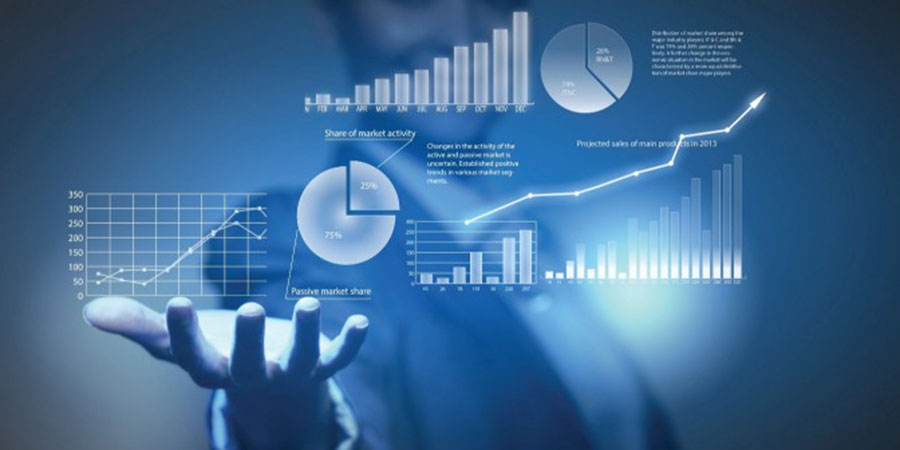Companies in the Asia-Pacific (APAC) region are deploying Data and Analytics tools and platforms to manage disparate data sets with higher volumes and derive deeper insights from the data. Against this back drop, the APAC Data and Analytics market is set to grow at a compound annual growth rate of (CAGR) of 25.5% during 2017-2022 to reach US$89.6bn, according to GlobalData, a leading data and analytics company.
GlobalData’s latest report, ‘GlobalData Market Opportunity Forecasts to 2022: Data and Analytics’, reveals that Artificial Intelligence (AI) Platforms and Enterprise Internet of Things (IoT) platforms will be the major growth drivers and together account for nearly 54% of the overall market in 2022.
India, China, Indonesia, Australia and Malaysia will witness the highest CAGR amongst the APAC countries. In terms of the overall market size, China, Japan, India, Australia and South Korea will together account for nearly 85% of the overall market in the region.
Sunil Kumar Verma, Lead Technology Analyst at GlobalData, comments: “With the growing inter-device interactions expected to become automatic, predefined and adaptive, intelligent and real-time analytics via AI Platforms and Enterprise IoT platform will gain predominant adoption.
“Not surprisingly, almost all enterprises are seeking to join the Data and Analytics bandwagon in a bid to understand the trends and derive insights from the myriad data points that are now available.”
According to the report, China and Japan will account for more than three-fifths of the overall Data and Analytics market in 2022. E-commerce and manufacturing will drive the adoption amongst IT enterprises in China.
In India, higher Internet and mobile device penetration has resulted in an exponential growth in data, which in turn requires enterprises to adopt advanced analytics tools to derive insights and maintain competitive edge.
Similarly, in Indonesia, the disruption of traditional business models by the digital services offerings, primarily in the areas related to digital finance, e-commerce and cloud services, has been driving the increased adoption of Data and Analytics tools among the enterprises.
Increased investments tools and services needed for the transformation of existing business processes and creation of new product/services through deeper insights generated from Analytics tools, will constitute a major growth factor in Australia.
Sunil concludes: “Major providers of analytics tools continue to invest and strengthen their capabilities by leveraging advanced technologies like Artificial Intelligence, machine learning and cognitive computing as their preferred approach for new applications of data science.
“The proliferation of real-time data from multiple sources like sensors, web, social media, log files and transaction/interaction data, has resulted in the Data and Analytics market finding adoption amongst all the major vertical markets, ranging across various applications like customer segmentation, target-based marketing, risk assessment, enhancement of operational efficiency, streamlining business processes, meeting compliance requirements and uncovering valuable insights to driving profits and growth.”







